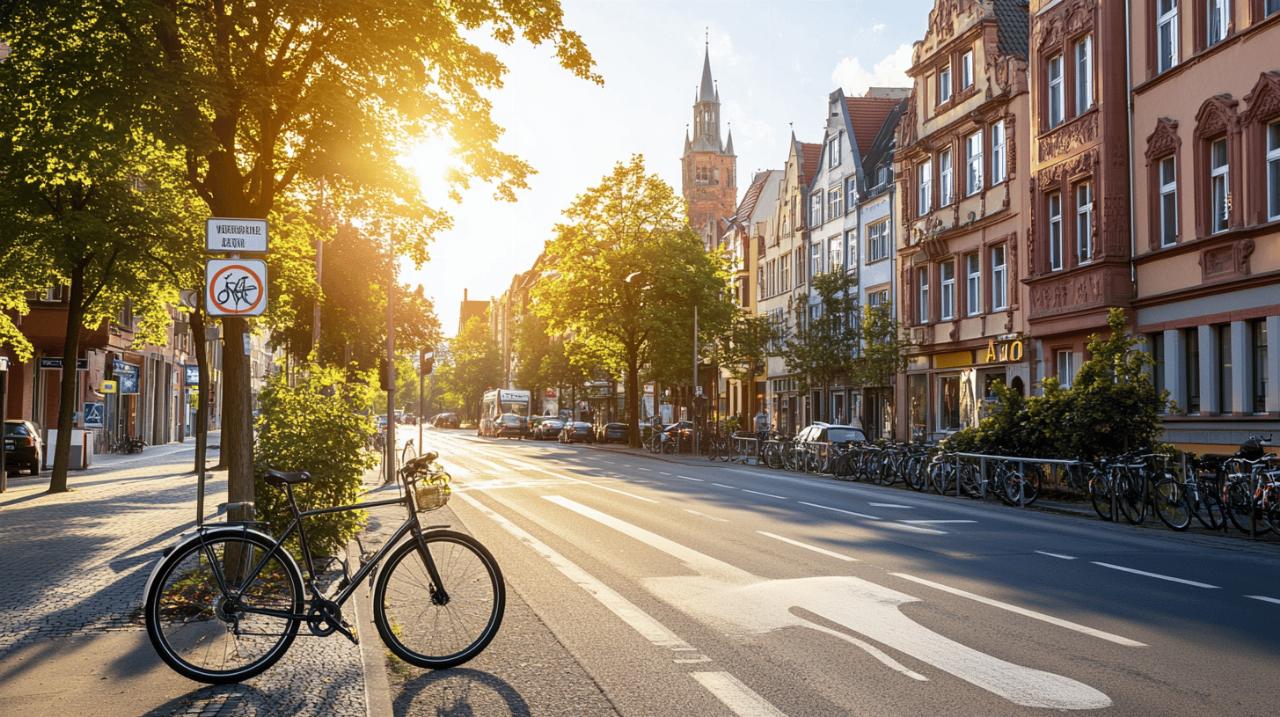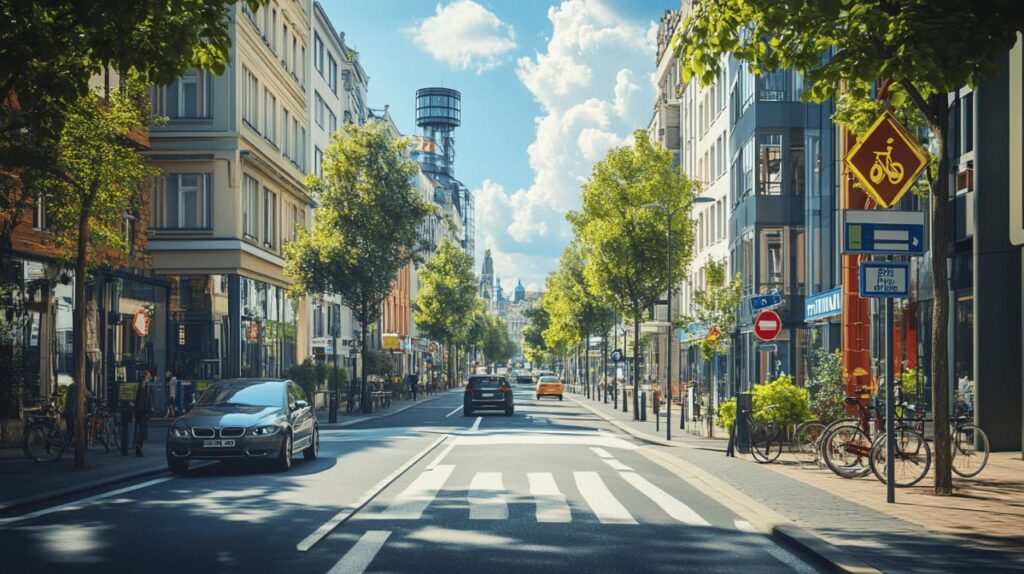Germany's approach to managing air quality and urban pollution has made it a leader in environmental policy implementation within the European Union. If you're planning to drive in German cities, understanding the Low Emission Zone system is essential to avoid hefty fines and ensure a hassle-free journey. These environmental measures continue to evolve as Germany strives to improve air quality in urban centres, making current knowledge crucial for both residents and visitors.
Understanding germany's low emission zones
Germany has implemented Low Emission Zones, known locally as 'Umweltzonen', in numerous cities across the country. These specially designated areas aim to improve air quality by restricting access to vehicles that produce excessive emissions. The auto-mobil industry in Germany has had to adapt quickly to these regulations, with manufacturers developing cleaner engines and more efficient exhaust systems to meet the increasingly stringent standards. Currently, over 80 German cities maintain these environmental zones, including major urban centres such as Berlin, Cologne, Stuttgart, and Aachen.
What are Umweltzonen and why do they exist?
Umweltzonen were established as part of Germany's commitment to reducing harmful vehicle emissions and improving urban air quality. These zones function by restricting entry to vehicles that fail to meet minimum emission standards, effectively encouraging the use of cleaner transport options. The Ruhr area represents an interesting case, as it contains multiple cities within a single, expansive Low Emission Zone. Unlike conventional traffic measures, these zones specifically target pollution rather than congestion, addressing public health concerns related to air quality. Some German cities have recently abolished their Low Emission Zones due to significant improvements in air quality, including Balingen, which ended its zone in November 2020, and Erfurt, which followed suit in May 2021.
The different emission categories and their corresponding stickers
The German system classifies vehicles according to their emission levels, with each category corresponding to a specific coloured sticker known as an Umweltplakette. These stickers must be displayed on your windscreen when entering a Low Emission Zone. The classification system includes green stickers for the cleanest vehicles, yellow for intermediate emissions, and red for higher-polluting vehicles, though many zones now only permit entry to vehicles with green stickers. Some cities have implemented even stricter measures beyond the sticker system, with Darmstadt, Munich, and Stuttgart enforcing additional diesel bans in certain areas. These comprehensive restrictions reflect Germany's serious approach to vehicle emissions control and environmental protection, establishing a model that other European countries increasingly follow.
How to obtain your umweltplakette
 Securing your emissions sticker before driving in German cities is essential to avoid fines and ensure compliance with local regulations. The good news is that the process is relatively straightforward, with several convenient options available to both residents and visitors. A standard emissions sticker costs €17.95, including VAT and delivery, making it an affordable necessity for driving in urban areas. The sticker remains valid for the lifetime of your vehicle, eliminating the need for regular renewals and providing long-term value despite the initial expense.
Securing your emissions sticker before driving in German cities is essential to avoid fines and ensure compliance with local regulations. The good news is that the process is relatively straightforward, with several convenient options available to both residents and visitors. A standard emissions sticker costs €17.95, including VAT and delivery, making it an affordable necessity for driving in urban areas. The sticker remains valid for the lifetime of your vehicle, eliminating the need for regular renewals and providing long-term value despite the initial expense.
Online application process and required documentation
The most convenient method for many travellers is to apply for your Umweltplakette online before your trip to Germany. This approach allows you to have your sticker delivered to your home address or accommodation in Germany. When applying online, you will need to provide your vehicle registration documents, which must include technical information about your vehicle emissions class. You may also need to submit a photograph or scan of your vehicle registration certificate. The online system will assess your vehicle based on its emissions standard, age, and fuel type to determine which sticker category applies. Processing typically takes a few business days, so planning ahead is advisable, especially if you intend to drive in Low Emission Zones immediately upon arrival in Germany.
Local acquisition options at TÜV centres and garages
If you prefer an in-person approach or need a sticker urgently upon arrival in Germany, local options are readily available. Vehicle inspection centres, known as TÜV stations, provide immediate sticker issuance services. Many authorised garages and vehicle service centres across Germany also offer this service, making it accessible even in smaller towns. When visiting these locations, bring your vehicle registration documents and be prepared to show your vehicle for a visual inspection if requested. Some car rental companies in Germany now include appropriate emission stickers with their vehicles, though this should be confirmed at the time of booking rather than assumed. For maximum convenience, major border crossings into Germany sometimes feature service stations where emissions stickers can be purchased, allowing you to ensure compliance before entering urban areas.





